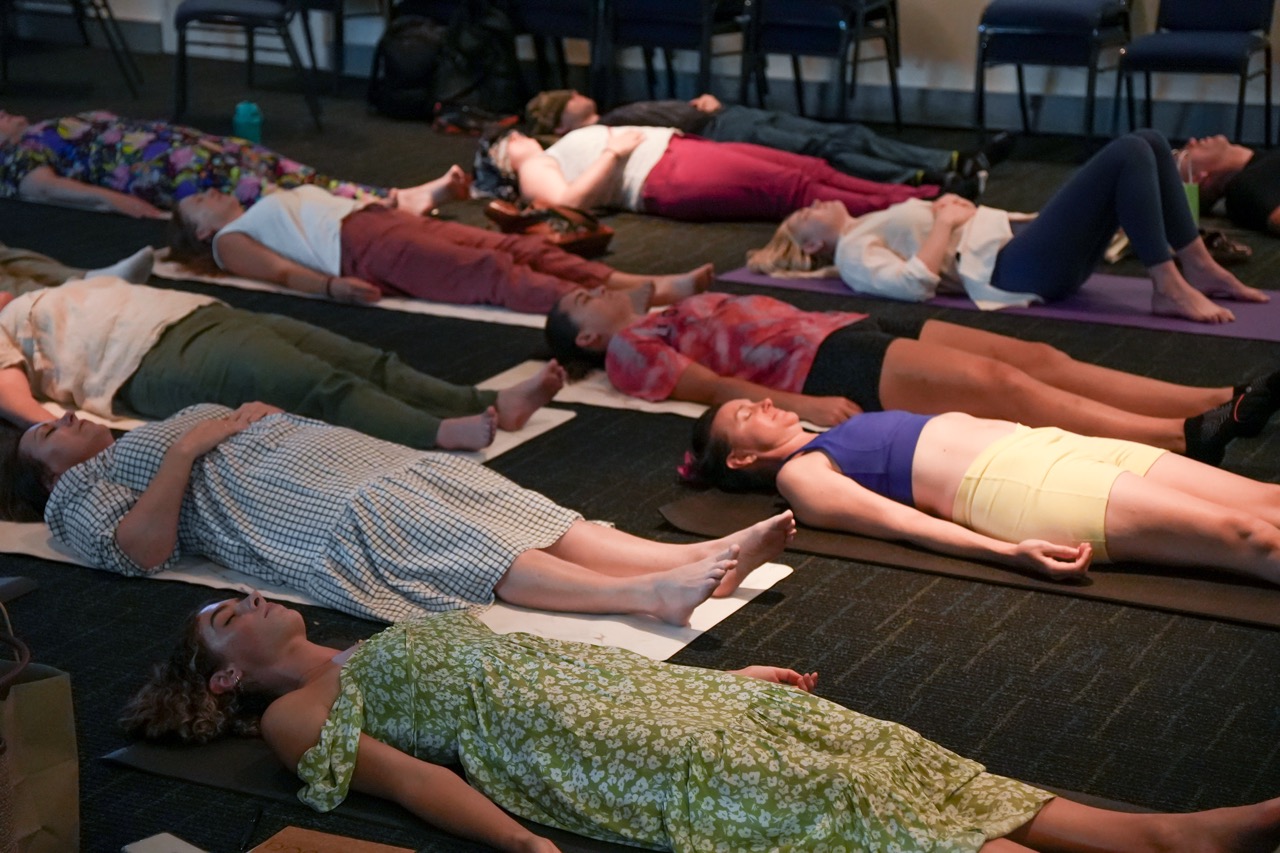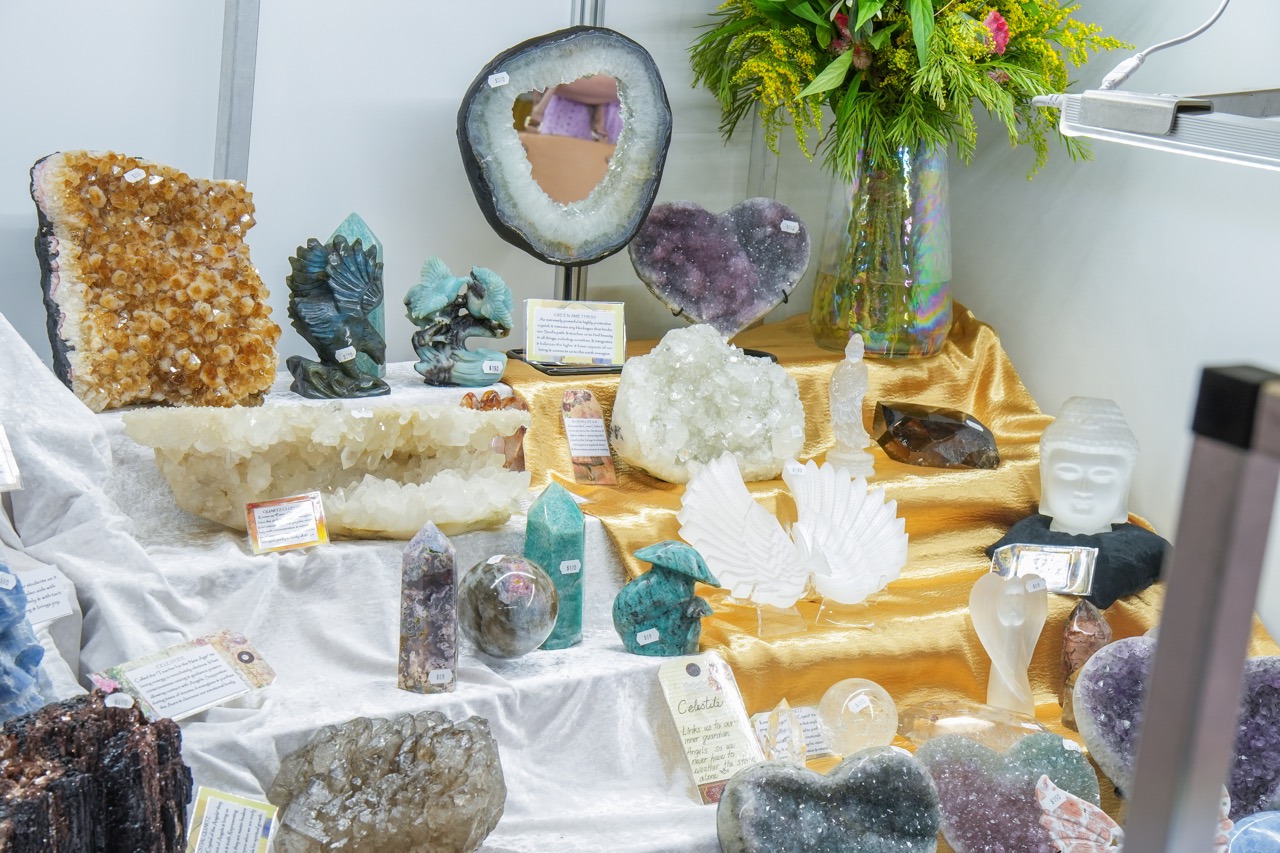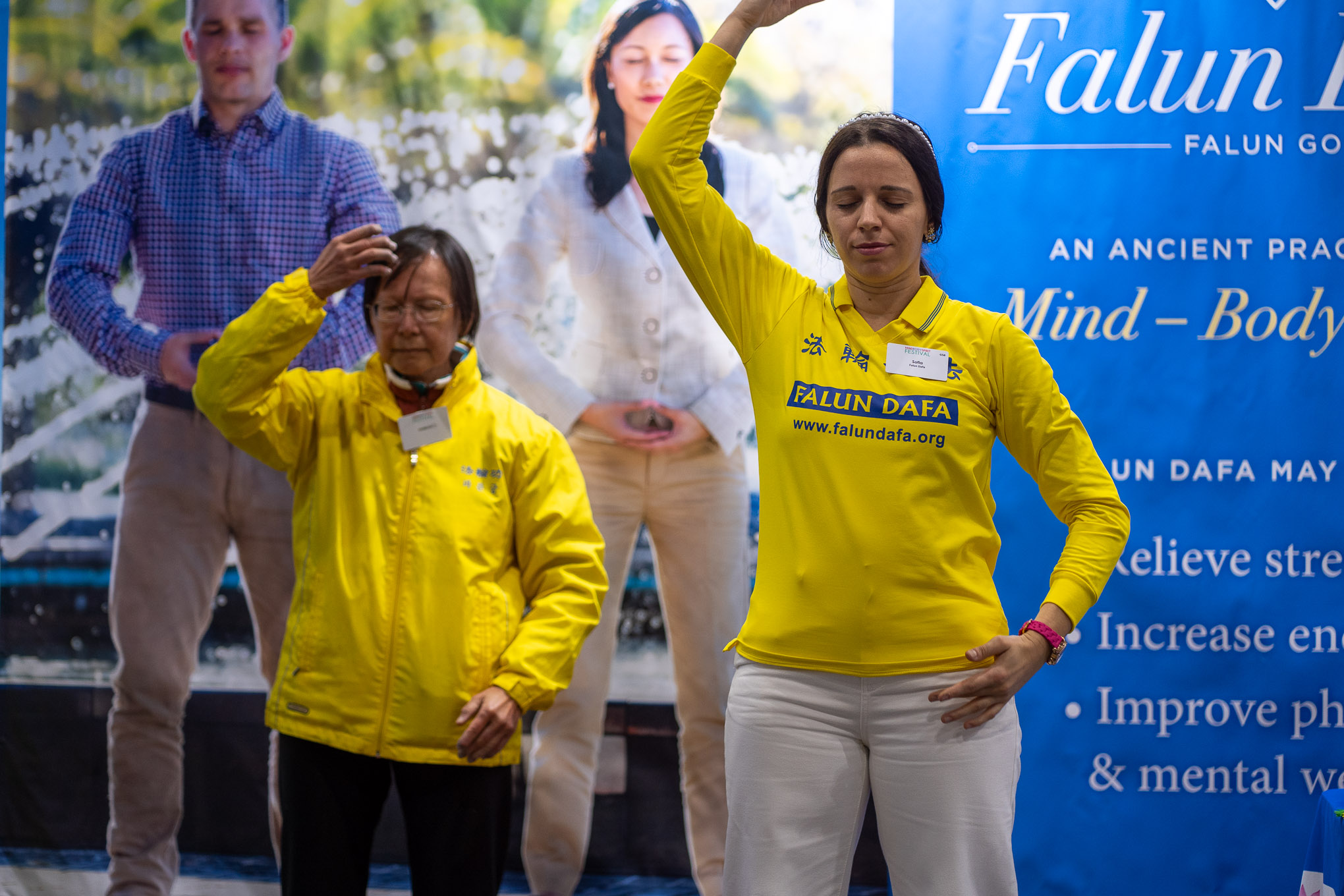The Art of Doing Nothing
Ever feel like life is just go-go-go? Between meetings, deadlines, and to-do lists, taking a moment to simply exist can feel impossible. But what if doing nothing could be one of the most powerful things you do?
The art of doing nothing isn’t about laziness. It’s about fully unplugging, recharging, and reconnecting with yourself. For stressed professionals, mindfulness enthusiasts, and wellness seekers, learning this practice can be a game-changer for your mental and emotional wellbeing.
Want to see how easy it can be? Grab a cuppa, settle in, and let’s explore this underrated skill together.
What Does “Doing Nothing” Actually Mean?
When we say “doing nothing,” we don’t mean staring at your phone or binge-watching seven episodes of a series. Doing nothing is about intentionally pausing. You’re not multitasking, you’re not planning the next step. You’re simply being.
It could be sitting on your verandah, listening to the birds or lying on the couch letting your thoughts come and go naturally. You’re giving yourself permission to pause without guilt or an agenda.

The Healing Power of Doing Nothing
For many, doing nothing feels unproductive or indulgent. But research shows that slowing down comes with some pretty amazing benefits, including:
Reduced Stress and Anxiety
Taking time to pause can lower cortisol levels (that pesky stress hormone) and help calm an over-busy mind.
Boosted Creativity
Ever notice your best ideas come when you take a long shower or go for a quiet walk? Giving your brain space to breathe can make you more innovative.
Improved Focus and Clarity
Moments of intentional rest reset your mental state, making it easier to concentrate and feel focused later on.
Better Emotional Wellbeing
When you pause, you reflect. And reflection can help you process emotions and make peace with tricky situations.

How to Practise the Art of Doing Nothing
Getting started can feel strange, especially if you’re used to constant activity. Here’s how to ease into it and make “nothing” a meaningful habit in your life.
1. Start Small
Doing nothing doesn’t mean sitting still for hours! Start with 5-10 minutes a day where you pause and allow yourself to just be.
2. Find Your Blank Space
Clear a little physical and mental space. Maybe that’s your comfy armchair, a corner of the park, or even lying on your bed with the window open.
3. Pause the Distractions
This is key. Put your phone on airplane mode or leave it in another room. No emails. No scrolling. No notifications.
4. Observe the Moment
What can you see, hear, smell, and feel? Without trying to analyse or interpret, notice the present moment.
5. Bask in the Nothingness
Avoid the urge to “fill” your time. You don’t need to meditate or problem-solve. Just sit back, breathe, and rest.

Why Doing “Nothing” Isn’t Lazy
Here’s an important truth to remember: Rest is productive. Taking time to do nothing replenishes your energy and gives you the ability to achieve more while feeling less stressed. It’s the reset button we all need but rarely use.
Think of it like charging your phone. You wouldn’t expect 10% battery to last all day, just as you can’t expect yourself to operate effectively without taking time to recharge.

Pause, Recharge, Thrive
At the end of the day, the art of doing nothing helps us slow down, tune in, and live more intentionally. It’s a loving practice for yourself and the relationships you value.
Give it a go today and see how you feel after a few guilt-free moments of pause. If you’d like more tips and insights, join us at one of our upcoming festivals across Australia—we’d love to see you there!
